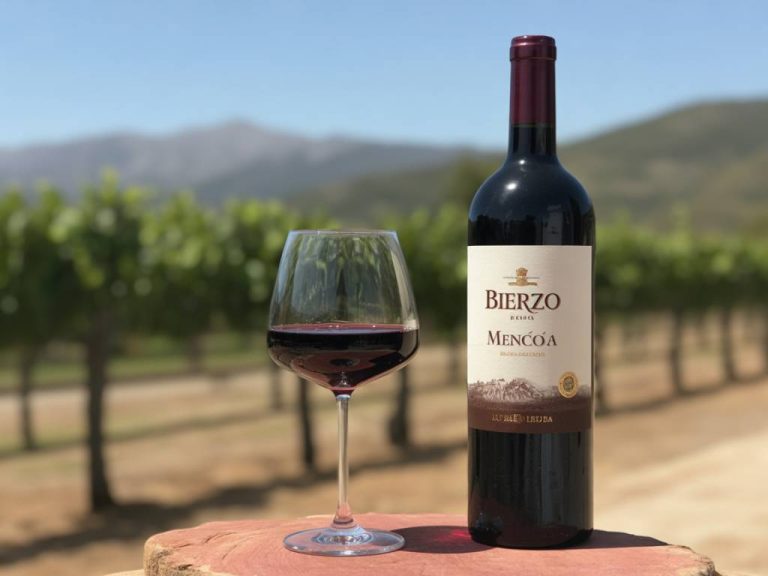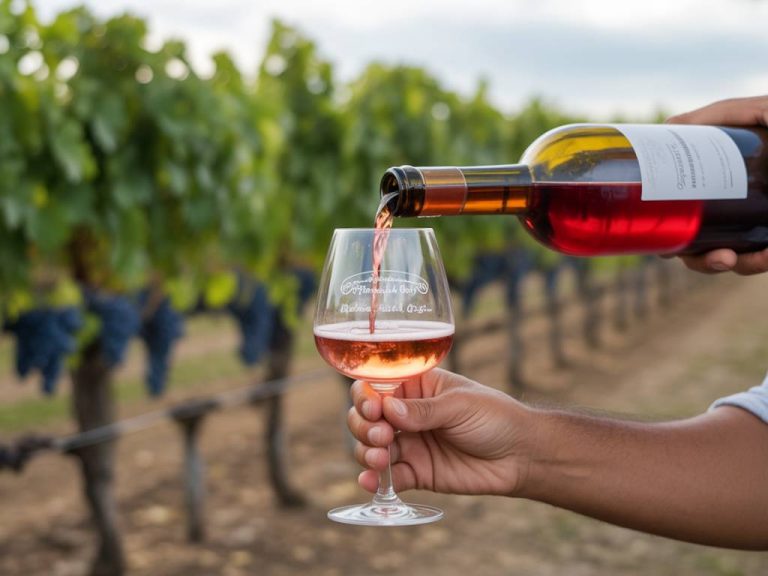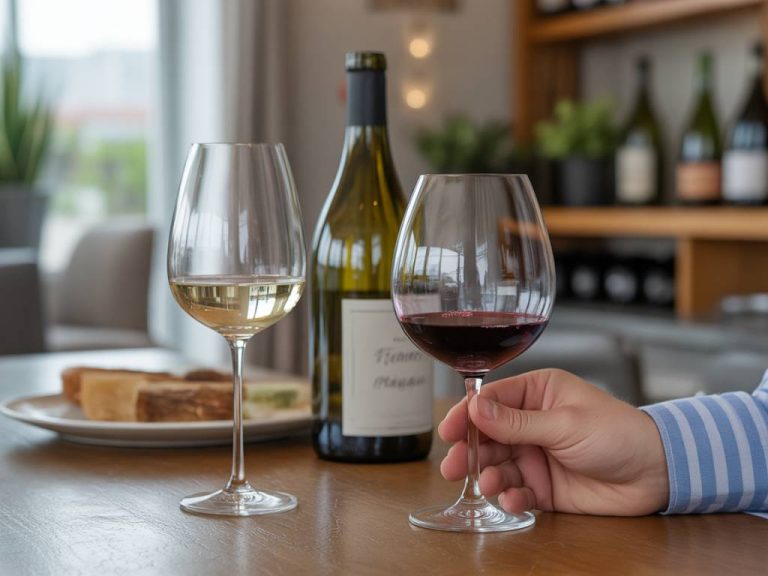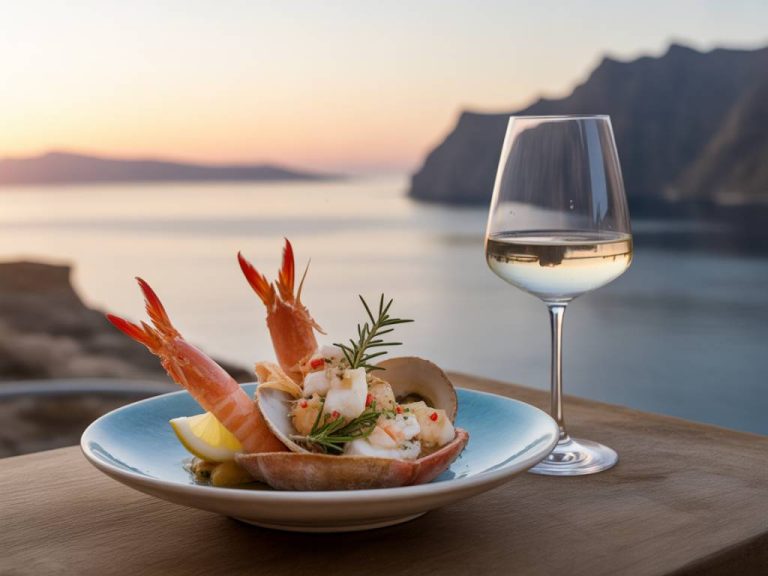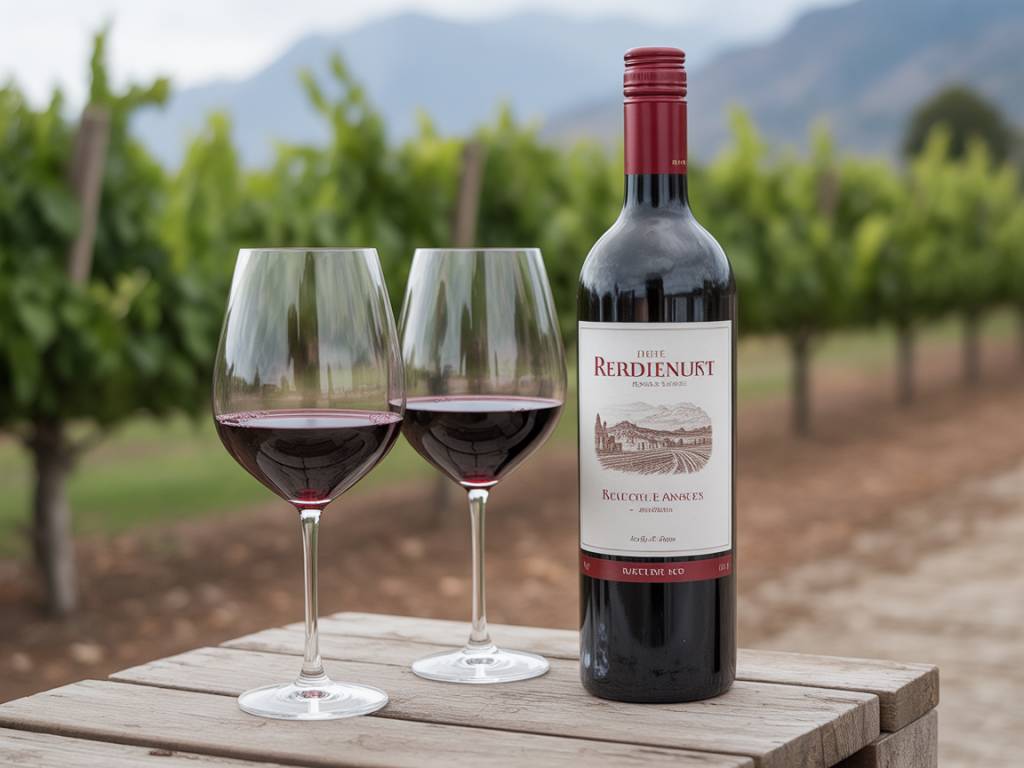
Best beginner red wines: smooth, affordable and easy to enjoy
Why Start with Smooth and Accessible Reds?
Stepping into the world of red wine for the first time can feel a bit like standing in front of an overwhelming wine list at a dinner party: exciting, but also a little intimidating. With over 10,000 different wine grape varieties in the world and blends of all kinds, it’s easy to see why many beginners don’t know where to start. But if the words “tannins,” “structure,” or “decanting” sound foreign—or worse, uninviting—you’re not alone.
The good news? You don’t need a sommelier badge to enjoy red wine. The right entry-level red can ease you into the complexity of wine through soft textures, approachable flavors, and wallet-friendly pricing. In this article, I’ll walk you through smooth, affordable, and easy-to-love red wines that serve as perfect first steps into the vast landscape of the reds. Whether you’re pouring a glass after work, hosting a casual dinner, or preparing for your first wine tasting, these wines won’t let you down.
What Makes a Red Wine “Beginner-Friendly”?
Not all red wines are created equal in terms of drinkability—especially for newcomers. If your first red ever was a lean, ultra-tannic young Cabernet Sauvignon, you might still be recovering. When I introduce a newcomer to reds during a private tasting, I look for three primary traits:
- Low to moderate tannins: Tannins are natural compounds from grape skins, seeds, and stems that create that mouth-drying sensation. While they’re vital to structure, lower tannin levels are typically more pleasant to new palates.
- Smooth mouthfeel: Wines that glide rather than grip. Think silk over sandpaper.
- Fruit-foward profiles: Fruity doesn’t mean sugary. Many beginner-friendly reds feature plump notes of cherry, berry, and plum—all without dessert-shelf sweetness.
Price matters, too. You don’t need to break the bank to start drinking well. Let’s dive into specific wines that check all these boxes.
Pinot Noir: The Gateway Red
If I had to choose one varietal as the unofficial ambassador for red wine beginners, it would be Pinot Noir. It’s light-bodied, rarely overpowering, and often exhibits bright red fruit flavors like cherry, raspberry, and cranberry. The tannins are soft and silky, while acidity keeps things fresh—a balance that makes it easy to pair with food or enjoy solo.
Try this: The La Crema Sonoma Coast Pinot Noir (California) clocks in at around $20 and has gentle fruit, soft tannins, and subtle spice. Or go international with a Louis Jadot Bourgogne Pinot Noir from France’s Burgundy region—slightly more earthy, but equally approachable.
Pro Tip: Serve Pinot Noir slightly chilled—around 55°F. That fresh lift brings out its fruit and minimizes any harshness.
Merlot: Mellow, Plush, and Underrated
Merlot sometimes gets a bad rap (thank you, movie culture), but it’s a shame because this grape is one of the smoothest and most forgiving reds for beginners. Plush in body but never heavy, Merlot delivers dark fruit—think plum, black cherry—and a velvety finish. It lacks the astringency found in more structured reds, making it an easy sipper.
Try this: Look for Washington State wines like Columbia Crest Grand Estates Merlot, which blends ripe fruit with soft oak notes for around $10–$12. For a richer version, the Duckhorn Napa Merlot is a higher-end example with a fuller profile while still staying silky.
I still remember pouring a glass of Merlot for a client who claimed they only drank white. Three sips in, they were reaching for the bottle. You’ve been warned.
Zinfandel: Jammy and Crowd-Pleasing
Zinfandel is like that friend who always cheers you up. It’s bold without being grippy, and its jammy fruitiness makes it especially enjoyable around grilled meats, pizza, or even spicy dishes. Zinfandel tends to carry higher alcohol (often 14% or more), which adds warmth and plushness to the experience.
Try this: Gnarly Head Old Vine Zinfandel is a popular staple under $10 that delivers loads of ripe blackberry, black pepper, and a little smoky oak. For something with a bit more finesse, the Ravenswood Old Vine Zinfandel remains a benchmark in the category.
Note: Zinfandel is a bit higher octane than Pinot or Merlot. Sip mindfully—especially if you’re early in your wine journey.
Gamay: The Joyful French Lightweight
Gamay is the grape behind Beaujolais, a French region known for producing wines with exuberant fruit and light prominence. If Pinot Noir feels a bit too serious or pricey, Gamay offers a jollier alternative with even lower tannins, higher acidity, and cheerful flavors of red fruits, banana (thanks to carbonic maceration), and light spice.
Try this: Georges Duboeuf Beaujolais-Villages is widely available, very affordable (around $12), and bursting with cherry aromas. For a step up, try a cru Beaujolais from regions like Fleurie or Morgon—still affordable, but with added depth.
I often bring a Beaujolais when someone says, “I don’t like red wine.” Often they realize they actually don’t like big red wine. Gamay proves red can be light, refreshing, and joyful.
Barbera: The Italian Sleeper Hit
Hailing from the Piedmont region of Italy, Barbera is one of those wines that flies under the radar in the U.S., but consistently wins over new fans during tastings. It has a lively acidity—with cherry and blackberry fruit—and virtually no aggressive tannins. It’s also a killer pairing partner for tomato-based pasta dishes.
Try this: Vietti Barbera d’Asti Tre Vigne combines structure, softness, and bright fruit for around $18–$20. It’s food-friendly, nuanced, and surprisingly affordable for the quality.
In one wine pairing event, I poured this next to a $60 Napa red. Guess which bottle guests asked to take home?
Montépulciano d’Abruzzo: Rustic but Approachable
Don’t let the long name scare you—Montepulciano (the grape, not the town in Tuscany) from Abruzzo offers incredible bang for the buck. These wines tend to be deeper in color, hearty in feel, but still soft enough for beginners thanks to their rustic charm and laid-back tannins. Notes of black cherry, dried herbs, and cocoa are common.
Try this: The Farnese Fantini Montepulciano d’Abruzzo clocks in around $8–$10 and surprises with its expressive fruit and fullness. It tastes like it should cost more—which is always a win.
Tips for Buying and Enjoying Your First Reds
Starting with the right wine is key, but knowing how to serve and evaluate them can elevate the experience. Here are a few practical tips:
- Temperature matters: Serve reds slightly below room temperature—around 55–60°F. This helps preserve the freshness and mutes any harsh overtones.
- Don’t fear the screw cap: Many beginner-friendly wines use screw caps—not a sign of lower quality, just practicality.
- Let it breathe, but don’t overthink it: You don’t need a fancy decanter. Just pouring your wine into a glass and letting it sit for 5–10 minutes often does the trick.
- Pair creatively: Even affordable reds come alive with the right food. Try Pinot with roast chicken, Zinfandel with BBQ, or Gamay with charcuterie.
Also, start a tasting journal. Nothing complicated—just a few notes on what you liked or didn’t like about each bottle. Over time, patterns emerge and your preferences become clearer. It’s like building a playlist of favorite songs—but better. (Because wine.)
Your First Steps into a Bigger World
There’s something magical about that moment when a person tastes a red wine that simply clicks. You see it in their eyes—a combination of surprise, curiosity, and pleasure. The reds listed here are more than just accessible; they’re stepping stones into a lifelong appreciation of wine, crafted to be enjoyable without requiring deep knowledge.
So go ahead—grab a bottle of Pinot Noir or Barbera, pull the cork (or twist the cap), and experience firsthand that red wine doesn’t have to be complicated, expensive, or overwhelming. It just has to taste good and make your evening a little more enjoyable. And that, you’ll learn, is what wine is really all about.
